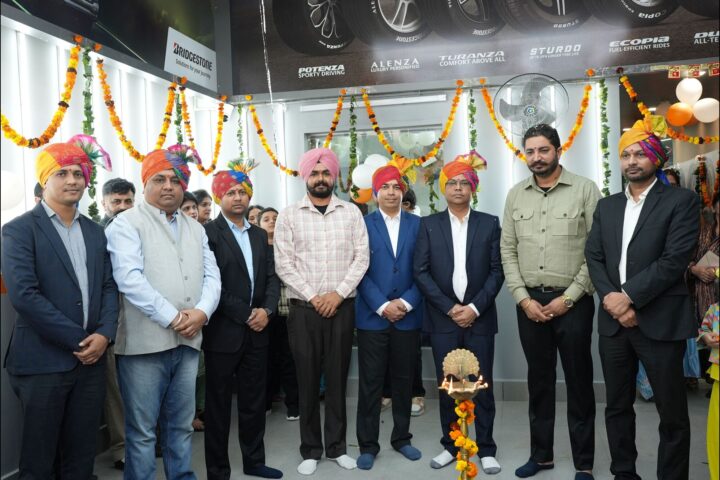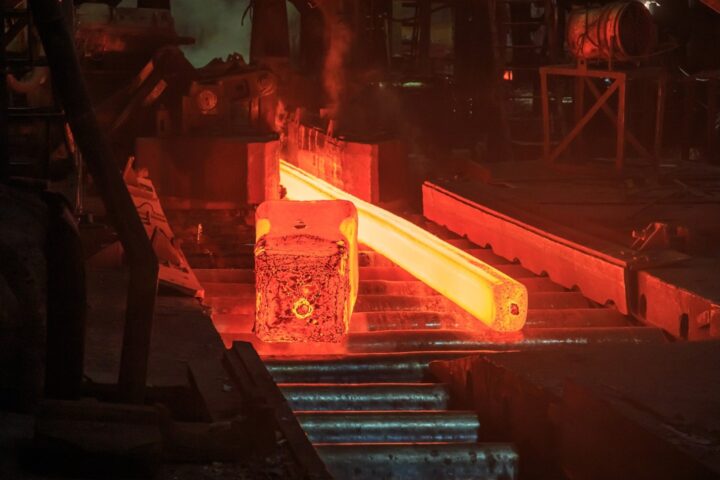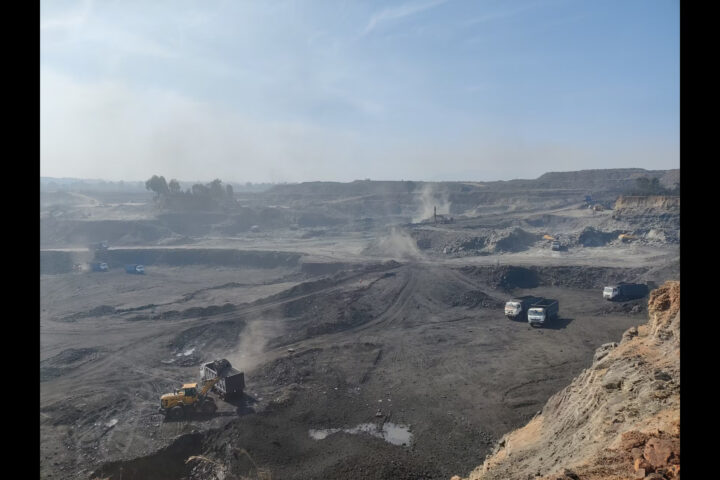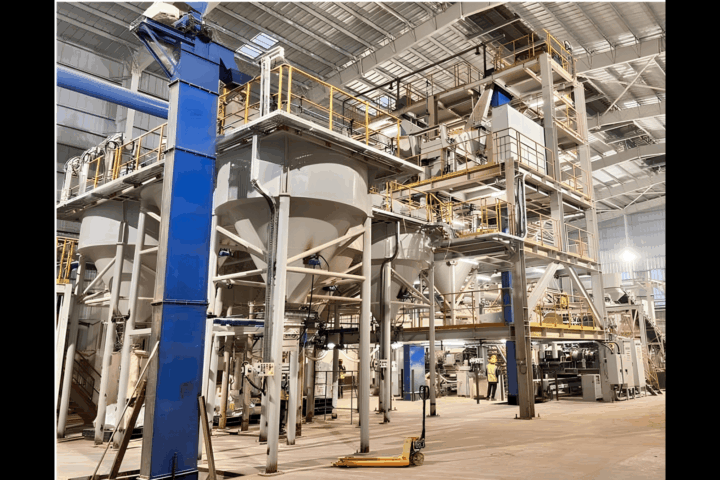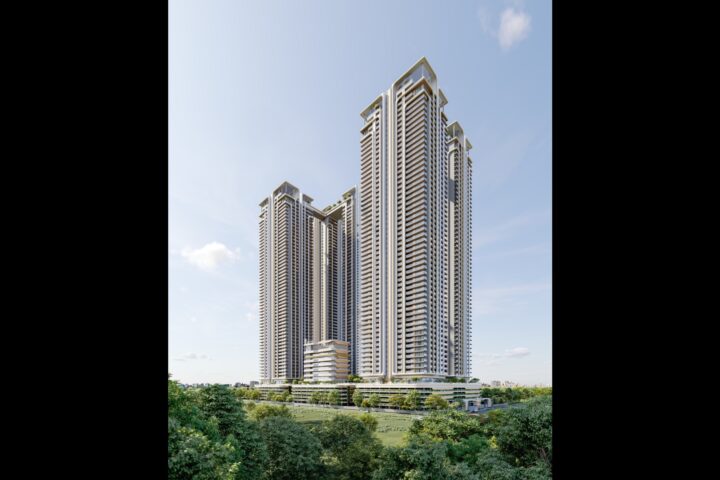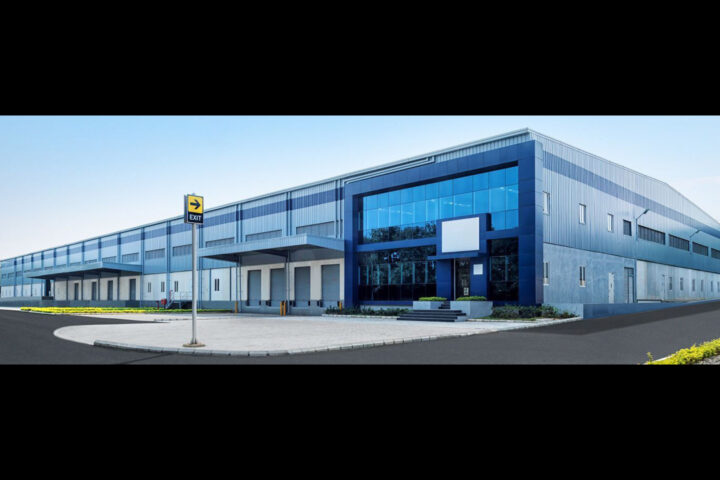by Ankit Goel, Chairman and Founder, Space World Group
The real estate industry is undergoing a significant transformation driven by the digital age. Buildings are no longer just physical structures, rather they are becoming smart ecosystems that use innovative technology to deliver better occupant experiences, enhance efficiency, and support the demands of a modern lifestyle and work culture. At the core of this shift lies the need for the advanced digital infrastructure that is future-proof and is capable of supporting this ever-evolving landscape of digitally smart buildings for decades to come.
Digital advancements are influencing every aspect of real estate from how new-age properties are designed and built to their daily upkeep. Smart buildings are leveraging cutting-edge technologies like IoT sensors, artificial intelligence, 5G and sophisticated automation systems for precise and real-time management of the building’s critical operations.
Essentially, smart buildings are becoming busy digital zones. They transmit vast amounts of data in real time from interconnected systems including video intercoms, biometric access controls, environmental sensors and remote surveillance tools. However, a critical challenge in the face of this rapid digitalization in real estate is the availability of network infrastructure which is adaptable and technologically advanced to support these new developments, now and in the future.
While several buildings still remain burdened with outdated connectivity systems, developers and property managers struggle to keep pace and remain competitive, and this reflects in the lower commercial value of their properties. To maintain adaptability, future-readiness, and strong technological capabilities, the real estate ecosystem requires a resilient, scalable, and high-speed connectivity solution. The demand for such a secure, reliable, interference-free, and high-capacity infrastructure can only be met by Neutral Fibre Technology.
Neutral fibre infrastructure is an open-access, non-proprietary fibre network that enables multiple Internet Service Providers (ISPs) to operate on a single, shared, and secure connectivity backbone. This technology eliminates vendor lock-ins for residents and tenants, allowing complete freedom of ISP choice and enhanced user experience.
Neutral fibre ensures ISP neutrality and creates a level playing field by separating infrastructure ownership from service delivery, thus ensuring that no single entity can control technology standards and pricing. This creates a healthy competition giving tenants and homeowners the flexibility to choose the best alternative tailored for their needs along with real-time service customization.
Unlike legacy networks, neutral fibre is built to support current and future technological advancements by combining the unmatched bandwidth, reliability, and durability that comes with fibre technology, with the flexibility and openness of a neutral platform. This creates a standardized foundation that can handle all kinds of service needs across homes, businesses, and even larger developments.
Smart buildings produce vast amounts of real-time data from systems like environmental sensors, surveillance cameras, and automated controls. As these buildings evolve into data-centric zones effectively operating as local edge computing centres, the demand for high-speed, low-latency connectivity increases substantially. Neutral fibre infrastructure is specifically designed to support these advanced data-driven environments. It is crucial for enabling seamless implementation of emerging technologies like 5G, edge computing, IoT applications and more. These systems depend on fast and reliable connections to perform effectively, and fibre’s unmatched speed and bandwidth is key to enabling these technologies across units, lobbies, basements, rooftops, and common areas of buildings.
Moreover, neutral fibre is engineered for both backward and forward compatibility, allowing it to accommodate future technologies like 6G, augmented reality/virtual reality (AR/VR) platforms, quantum computing, and smart energy and building management. Instead of needing to be ripped out and replaced every time technology upgrades happen, this infrastructure simply adapts and grows alongside emerging innovations.
In an era defined by lightning-fast technological progress, the real estate sector urgently needs to adopt infrastructure that can keep pace with the evolving digital landscape. Smart buildings have become the new standard, effortlessly incorporating advanced systems for security, automation, communication, and data management. To effectively support these complex technologies, neutral fibre infrastructure is forming the backbone of any long-term smart building strategy.
Recognizing this fact, RANext Technologies (RANext), a Space World Group venture, has pioneered the way in developing a future-proof approach centred around creating open, secure, and scalable fibre ecosystems. This allows real estate developments to consistently stay ahead of technological trends. Unlike proprietary networks, which tie users to a single provider, our neutral network infrastructure enables multiple internet service providers to operate on a single platform.
Our network removes ISP lock-ins, giving residents and tenants the freedom to choose their preferred provider, ensuring competitive pricing and a superior user experience. Our advanced, multi-fibre network supports effortless future provisioning and network upgrades without the need for costly civil rework or service downtime. This means real estate developers and property managers can maintain a future-ready infrastructure that effortlessly evolves along with emerging technologies so that upgrades can take place without interrupting daily operations or inconveniencing occupants.
Fibre optic technology itself offers inherent advantages. Being non-radiative and utilizing point-to-point connections with closed transmission loops, fibre networks are significantly more secure than copper or wireless media. RANext further strengthens this security by deploying physically protected underground cabling and 24/7 monitoring for integrity, outages or intrusion attempts. This level of vigilance ensures that critical data transmissions remain safe and uninterrupted – an indispensable requirement in today’s data-driven smart buildings.
Real estate developers are focused on future-proofing their buildings to keep them relevant and premium for the next 20-30 years and digital infrastructure must upgrade to meet this vision. Our neutral fibre infrastructure is tech-agnostic in nature and has been designed for scalability, enabling buildings to seamlessly adapt to future-ready technology demands – be it IoT, AI, smart metering, or edge-cloud computing. By integrating Fibre to the Home (FTTH) with IP surveillance, smart intercoms, access control systems, and home automation platforms through one unified network, we minimize cable clutter, optimize space, reduce costs, and simplify maintenance for real estate owners.
Our infrastructure solutions have already powered some of the most prestigious real estate projects including Oberoi Commerz, Embassy Acacia, Rupa Renaissance, Elante Mall, DLF Downtown Gurugram, and Oberoi SkyCity. These developments benefit from high-speed broadband access from multiple ISPs, smart IP-based surveillance and intercom systems, integrated monitoring and control for common areas, and fibre-to-room-ready architecture that ensures seamless connectivity. Together, these capabilities position these properties as technologically advanced, future-ready spaces that strongly appeal to next-generation buyers, tenants, and commercial clients who expect high-performing digital environments. By combining reliability, scalability, and flexibility, we help real estate projects maintain their competitive edge and long-term appeal.
Every deployment by us comes with SLA-backed uptime guarantees, multiple ISP support, alternate or backup fibre paths, and dedicated fibre infrastructure for critical services. This truly sets us apart as we go beyond just connectivity and deliver resilient and trustworthy networks that one can rely on.
As the demand for faster speeds, wider bandwidth, and low latency continues to increase, the adaptation of neutral fibre infrastructure is imperative for real estate developers. It is essential for creating a new era of digital connectivity that helps individuals, communities and society to thrive in today’s tech-driven world. Without a robust digital infrastructure to support the next generation communication technologies, real estate developers will struggle to promote their assets with the desired commercial value. To attract technologically advanced tenants, new age enterprises, and global tech giants, investing in future-ready, neutral fibre networks is no longer an option, but an essential aspect to remain relevant and thrive in the digital age.








